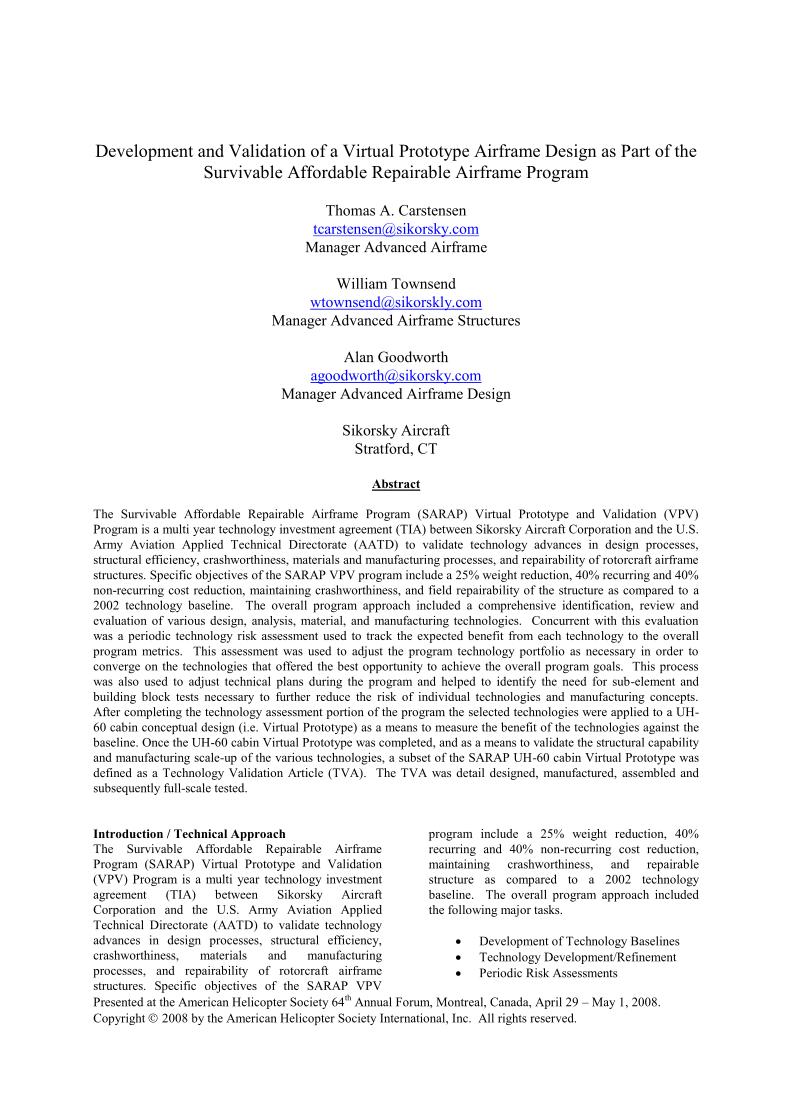1. Introduction to Paper Prototyping
Paper prototyping is a valuable technique used in the field of design to validate and refine product concepts before investing significant resources into development. It involves creating low-fidelity prototypes using pen and paper to simulate the user experience and gather feedback.
2. The Benefits of Paper Prototyping
2.1 Cost-Effective: One of the key advantages of paper prototyping is its affordability. Unlike digital prototypes or actual product development, paper prototyping requires minimal resources. This makes it an ideal approach for organizations with limited budget constraints.
2.2 Quick Iterations: Paper prototypes can be easily modified and recreated, allowing for rapid iterations. Designers can make changes on the spot during user testing sessions, saving valuable time and ensuring the final design meets user needs effectively.
2.3 Tangible Experience: Paper prototypes offer a tangible experience that engages users in a more personal and interactive way. It helps them visualize and understand the product concept, enabling better feedback and more accurate insights.
3. The Process of Paper Prototyping
3.1 Define Objectives: Clearly define the goals and objectives of the paper prototyping session. Determine what aspects of the design you want to test or improve.
3.2 Sketching: Begin by sketching the screens or interactions on paper. Keep it simple and focus on the core functionality and user flow.
3.3 Adding Interactivity: Use simple tools like sticky notes or buttons to create interactive elements. These can be easily moved or replaced during testing.
3.4 User Testing: Invite users to interact with the paper prototype. Observe their behavior, collect feedback, and document their reactions or difficulties.
3.5 Iterative Refinement: Based on the user feedback, refine the design by making necessary changes and adjustments. Repeat the testing process until objectives are met.
4. Best Practices for Paper Prototyping
4.1 Keep It Simple: Focus on the core features and functionality. Avoid unnecessary details that may distract users during testing.
4.2 Involve Stakeholders: Encourage stakeholders to participate in the prototyping process. Their insights and feedback can help align the design with the overall project goals.
4.3 Prepare for Testing: Plan the testing sessions well in advance. Ensure that the necessary materials and resources are available to support the testing process.
5. Limitations of Paper Prototyping
5.1 Lack of Realism: Paper prototypes may not fully simulate the actual product experience, leading to potential discrepancies in user feedback.
5.2 Limited Complexity: Paper prototyping may not be suitable for highly complex or technical designs that require advanced interactions or functionalities.
6. Conclusion
Paper prototyping is an affordable and effective approach for design validation. By creating low-fidelity prototypes, designers can gather valuable user feedback, refine their designs, and save costs. While it has its limitations, when used appropriately, paper prototyping can significantly improve the overall user experience of a product.
Summary
Paper prototyping is a user-centered design technique that involves creating low-fidelity, hand-drawn representations of interfaces and interactions. These paper prototypes allow designers to quickly iterate and gather feedback from users before investing significant time and resources into digital prototyping or development.
This blog post will explore the benefits and process of paper prototyping. We will discuss how this approach can save time and money, improve collaboration among team members, and provide valuable insights into user behavior and preferences. Additionally, we will highlight some best practices for conducting effective paper prototyping sessions and gathering actionable feedback.
By the end of this article, you will have a clear understanding of how paper prototyping can be an affordable and effective method for validating design concepts, and you will be equipped with the knowledge to integrate this technique into your own design process.
- Q: What is paper prototyping?
- A: Paper prototyping is a low-cost and quick technique used in the early stages of design to validate and refine user interfaces. It involves creating hand-drawn sketches or mockups of screens or interfaces.
- Q: What are the benefits of paper prototyping?
- A: Paper prototyping allows for rapid iteration and feedback, helps identify usability issues early on, encourages collaboration among team members, and is cost-effective compared to digital prototyping tools.
- Q: How does paper prototyping help in design validation?
- A: Paper prototyping allows designers to simulate user interactions and test different design concepts without investing time and resources into coding. It helps gather valuable user feedback and identify potential design flaws before moving to development.
- Q: What materials are needed for paper prototyping?
- A: The materials required for paper prototyping include paper, pencils or markers for sketching, sticky notes for annotations, and basic stationery like scissors and tape to simulate interactions.
- Q: Can paper prototypes be used for testing with users?
- A: Yes, paper prototypes are highly suitable for user testing. Users can interact with the paper screens, provide feedback, and perform tasks as if they were using a real interface. It helps uncover usability issues and gather insights for further improvements.
- Q: Is paper prototyping suitable for all types of designs?
- A: Paper prototyping is most effective for early-stage design exploration and validation. While it may not fully replicate complex digital interactions or animations, it is still a valuable technique for testing and refining user interfaces across various domains.


